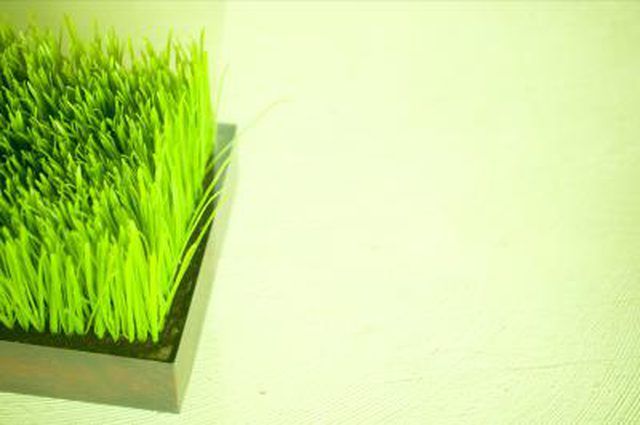Bulbs
Flower Basics
Flower Beds & Specialty Gardens
Flower Garden
Garden Furniture
Garden Gnomes
Garden Seeds
Garden Sheds
Garden Statues
Garden Tools & Supplies
Gardening Basics
Green & Organic
Groundcovers & Vines
Growing Annuals
Growing Basil
Growing Beans
Growing Berries
Growing Blueberries
Growing Cactus
Growing Corn
Growing Cotton
Growing Edibles
Growing Flowers
Growing Garlic
Growing Grapes
Growing Grass
Growing Herbs
Growing Jasmine
Growing Mint
Growing Mushrooms
Orchids
Growing Peanuts
Growing Perennials
Growing Plants
Growing Rosemary
Growing Roses
Growing Strawberries
Growing Sunflowers
Growing Thyme
Growing Tomatoes
Growing Tulips
Growing Vegetables
Herb Basics
Herb Garden
Indoor Growing
Landscaping Basics
Landscaping Patios
Landscaping Plants
Landscaping Shrubs
Landscaping Trees
Landscaping Walks & Pathways
Lawn Basics
Lawn Maintenance
Lawn Mowers
Lawn Ornaments
Lawn Planting
Lawn Tools
Outdoor Growing
Overall Landscape Planning
Pests, Weeds & Problems
Plant Basics
Rock Garden
Rose Garden
Shrubs
Soil
Specialty Gardens
Trees
Vegetable Garden
Yard Maintenance
How to Remove and Replant Sod
How to Remove and Replant Sod. You may find yourself standing perplexedly at the edge of your lawn trying to figure out why grass grows where you don't want it and doesn't grow where you do. Or you have healthy grass in spot where you want to put in a flower bed and you would like to use that grass elsewhere. You can work with these scenarios to...

You may find yourself standing perplexedly at the edge of your lawn trying to figure out why grass grows where you don't want it and doesn't grow where you do. Or you have healthy grass in spot where you want to put in a flower bed and you would like to use that grass elsewhere. You can work with these scenarios to move your turfgrass as sod successfully to another spot.
Things You'll Need
Work gloves
Half-circle hand edger
Spade
Wheelbarrow
Garden hose
Removing Sod
Put on work gloves. Outline the area of turfgrass to be removed with a hand edger. Cut this area into regular-shaped, manageable pieces, about 18 inches long and as wide as your spade. You now have a delineated area crisscrossed with regular cuts into the grass.
Grasp the spade to get it under the turfgrass and cut the pieces out, making them about as deep as your thumb, two to three inches down. Balance your need for substantial roots left in the sod with the need to not take all of the dirt away.
Jab the point of the spade where you want to cut. Lower the handle so the spade is parallel to the ground. Press with your foot to cut the sod. With practice, you can cut up a piece of sod in a couple of minutes.
Set the first piece of sod in your wheelbarrow with the grass up. Place the next layer of sod with the grass down. Your goal is for soil to touch soil and grass to touch grass.
Replanting Sod
Loosen the top couple of inches of soil with your spade and a stiff-tined garden rake to prepare the ground that will accept the sod. Rake the ground even and moisten it slightly by misting it with water from the garden hose.
Line up the straight edges on the sod pieces against the outer edge of your planting area. Follow a running-bond brick pattern, staggering the pieces so you don't end up with columns of sod.
Lay a wide board on the sod to pack the sod down. Step heavily on the board or alternatively rent a roller to pack the sod.
Water the sod for several days to reduce shrinkage and browning. Keep foot traffic off the sod while it takes.
Tips & Warnings
Seed the newly planted sod to reduce the chance of having visible seams.
Don't let the sod sit out for more than a day or two.